Monastery of Santo Estevo de Ribas de Sil
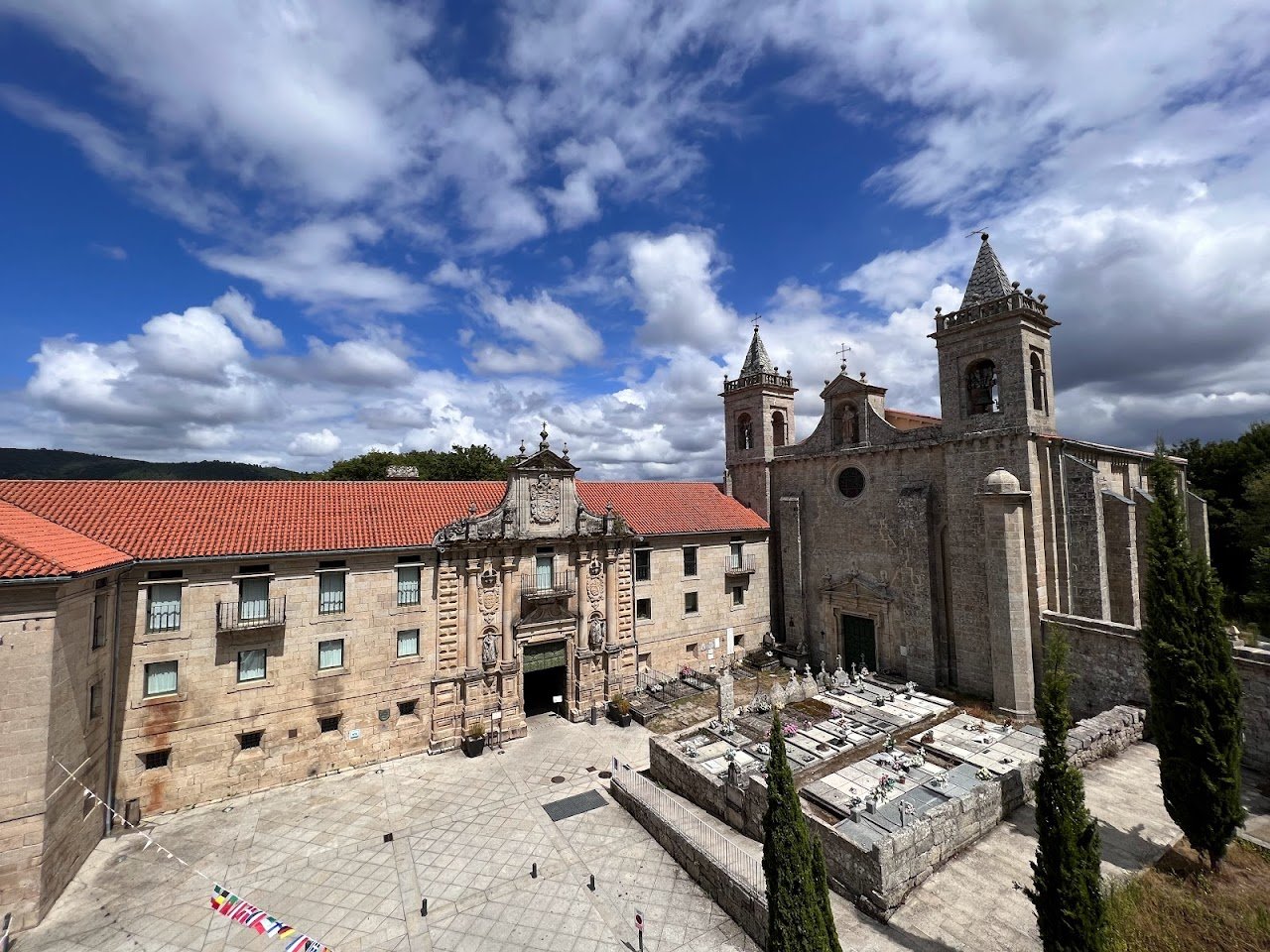
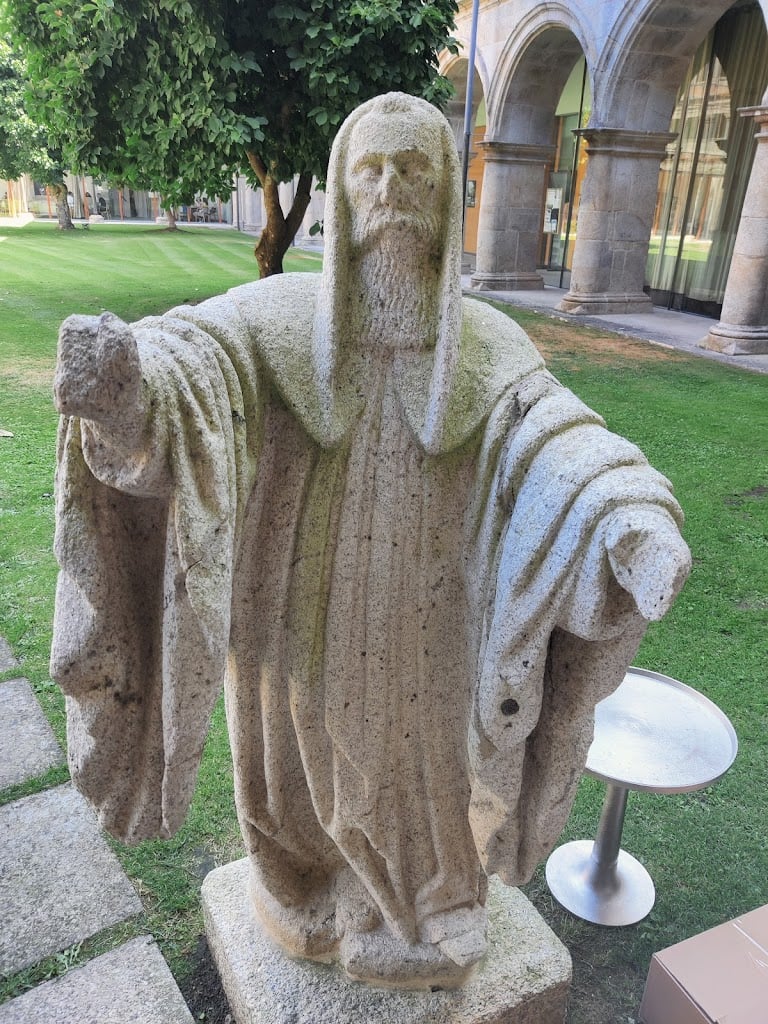
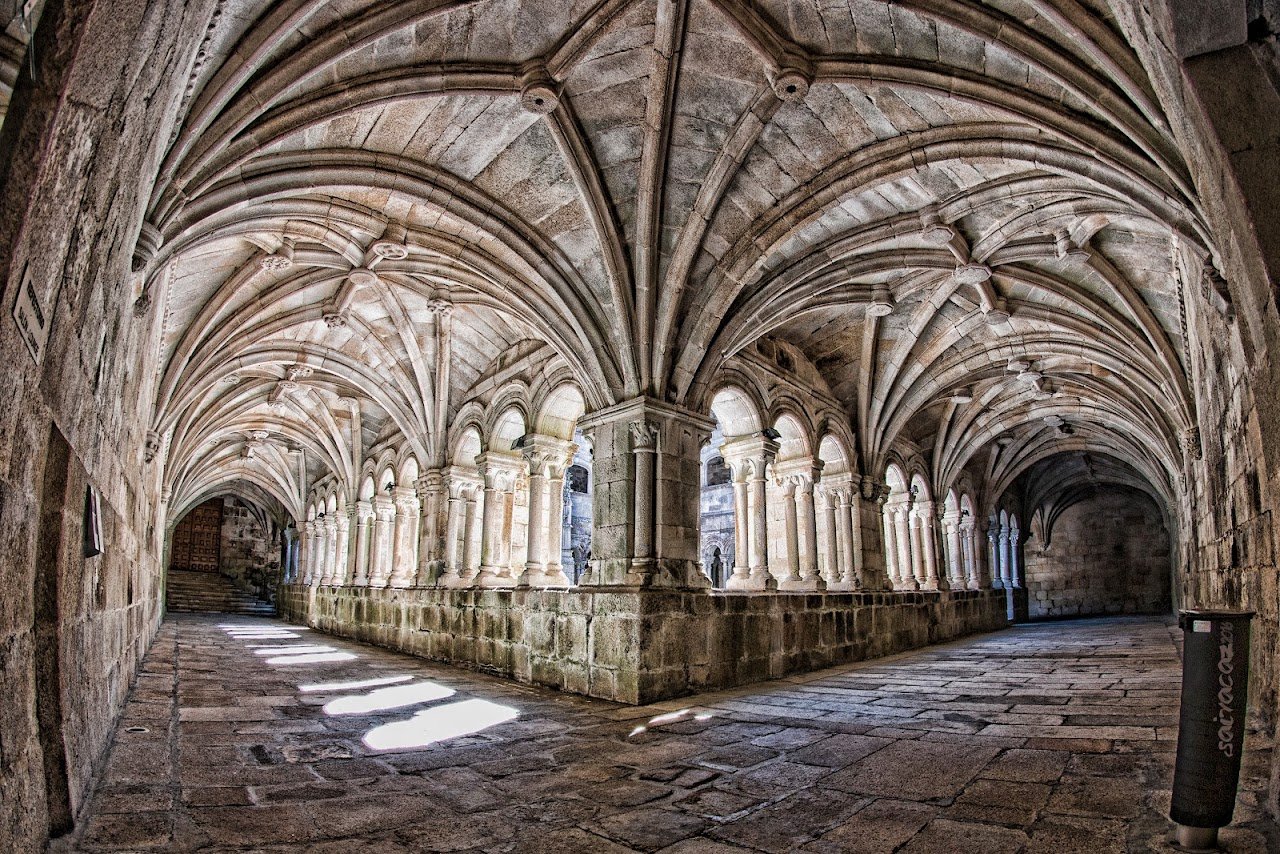
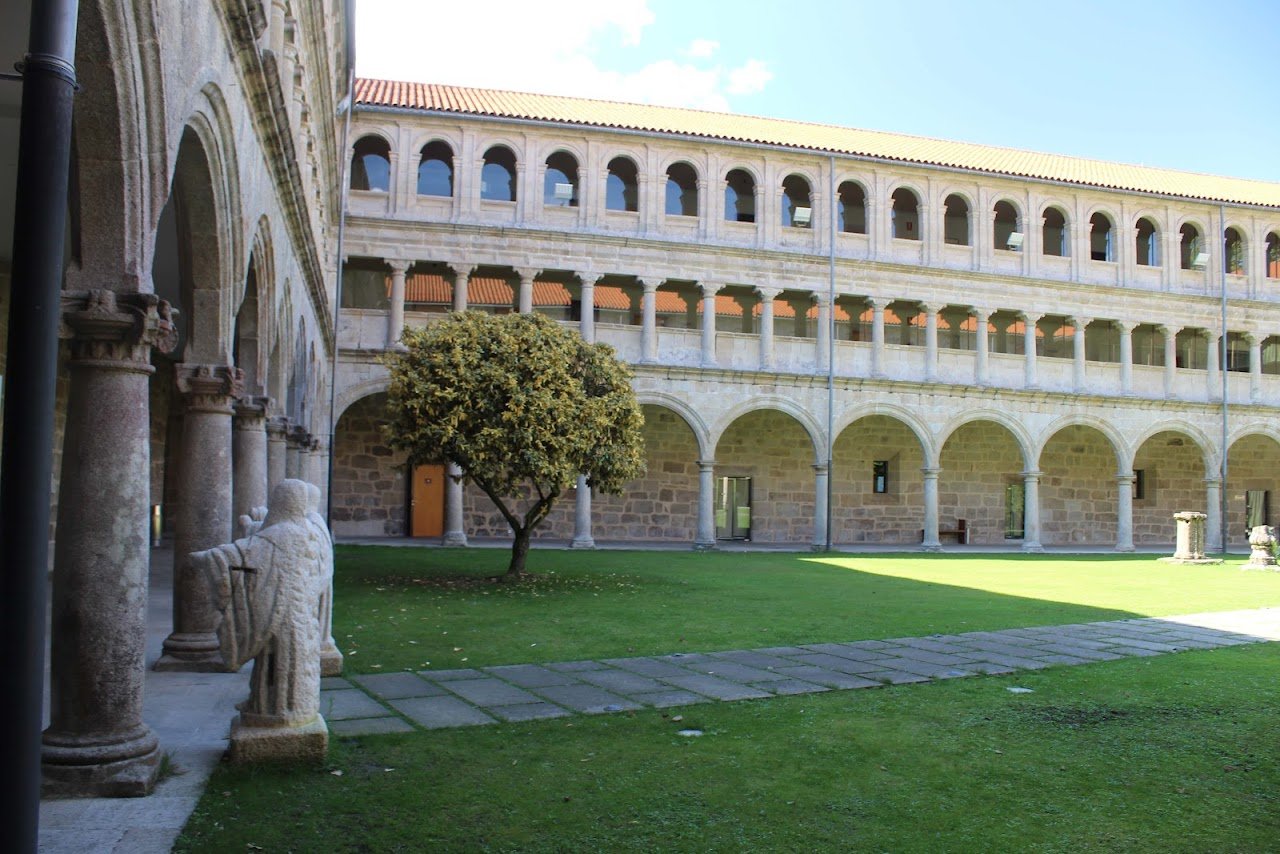
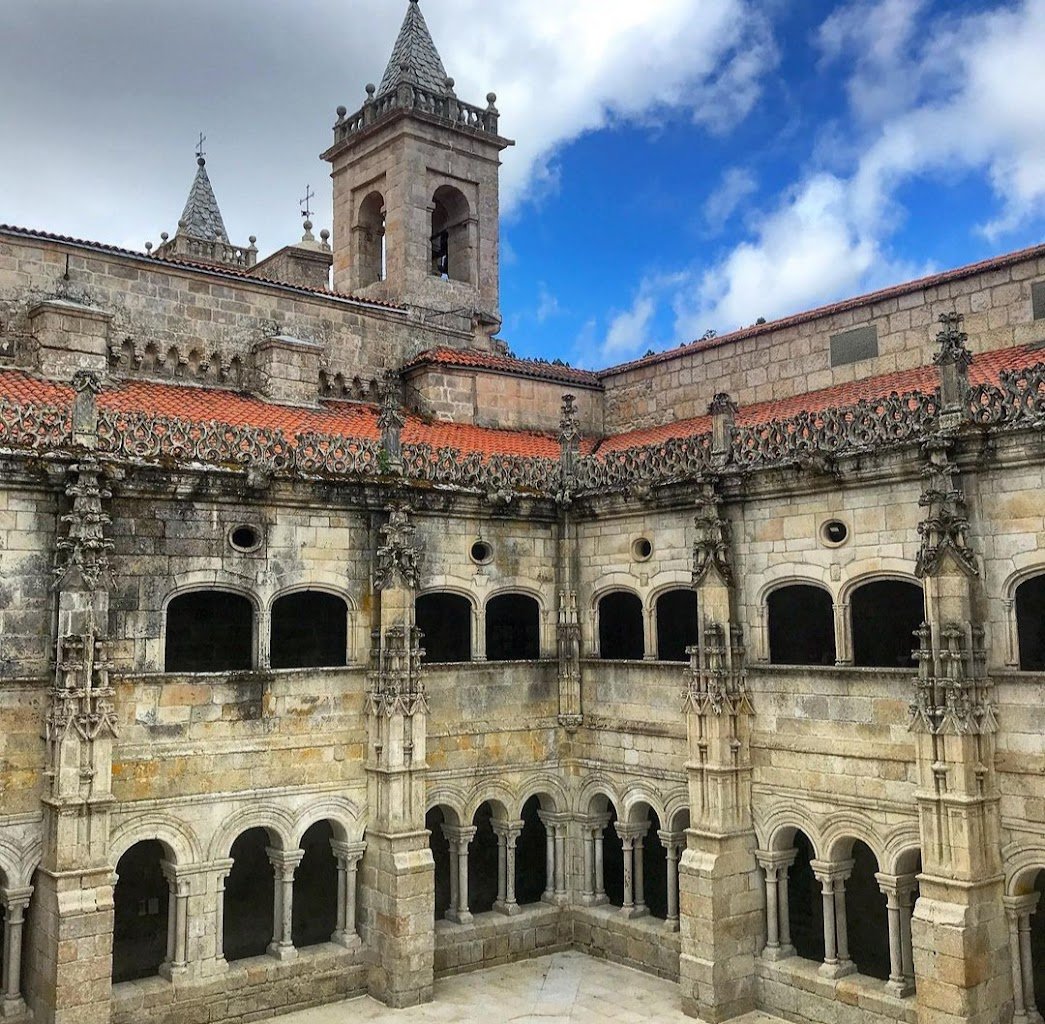
Ask ThatchGPT
Suggest a local expert to plan my trip
Suggest an unique itinerary for my Spain trip
What foods do Spain locals eat
What are some true hidden gems in Spain
Help me brainstorm trip ideas for Spain
Help me plan a family-friendly trip to Spain
What people say
Pedro Pereira
Available for hire
"The oldest tradition says that Santo Estevo was founded in the 6th century by San Martín Dumiense. This is probably the case, because the Christianisation of Galicia came via the southern route, through the Roman roads from Baetica to Braga and from the latter to Astorga and Lugo. The primitive monasticism also arrived through them.
With the privilege of Ordoño II, issued on 12 October 921, the documented history of this monastery begins. The king granted the abbot Franquila the ruined and abandoned territory of San Esteban, with its groves, fisheries and riverbanks so that he could build a basilica or monastery there. Franquila, it seems, governed a community of hermits and decided to restore cenobitic life in San Esteban.
This monastery was important because nine bishops retired to it, renouncing their episcopal sees and choosing the monastery to end their days during the 10th century and perhaps part of the 11th century. The monastery kept their remains and carried the nine mitres on its coat of arms as a reminder.
The church has a basilica plan, spacious and proportioned. It preserves the Romanesque head with three apses, the central one being lower than the side ones, an unusual case in Galician Romanesque. The façade of the church is from the end of the 16th century or beginning of the 17th century. In the upper part there is a simple oculus that gives light to the interior and ends in a niche inside which is the image of Saint Stephen.
Inside the temple, the altarpiece of the chapel stands out, a Renaissance work carried out by Juan de Angés in the 16th century. Of all the scenes represented, we highlight in the lower body the double scene of martyrdom of a man and a woman, which is identified with the double scene of flagellation of San Vicente and Santa Cristina, as a tribute to the two added abbeys, San Vicente de Pombeiro and Santa Cristina de Ribas de Sil.
On one side of the church transept you can see a stone altarpiece, a unique example of its kind, difficult to date, since some authors place it in the 12th century and others in the 13th. It is a piece made of granite, with an elongated rectangular shape, the upper part of which ends in a pediment, something unusual for the time. It represents Christ in Majesty with the twelve Apostles.
The façade of the monastery is in Baroque style, built in 1736. In it we can see between columns two images of saints of the order: San Benito and San Vicente. Above these, two shields. On the left, that of the monastery with the nine mitres that recall the nine bishops. On the right, the one of the Congregation of Castile. The imperial cloister of Charles V completes the complex.
We enter the monastery and find the cloister of the porter's lodge, also called the knights' lodge. It is very spacious and large. It is a Renaissance work by Diego de Isla, from the 16th century. It has three bodies, unlike the others that only have two, since the monastery is built on a terraced plot towards the Sil River. The glass window that occupies one of the sides, the result of the restoration of the monastery, is striking.
From the porter's lodge, we access the bishops' lodge, which, along with the church, is the oldest part of the monastery. It is called this because the nine bishops who retired to this monastery were buried there until their bodies were transferred to the church. It is made up of various architectural styles, which make up a homogeneous and harmonious complex. It has two bodies: the lower one in Romanesque style and the upper one with a transition from Gothic to Renaissance.
The monastery has another smaller cloister which is known as the kitchen cloister. Like the porter's cloister, it is Renaissance and its author is Diego de Isla. The monastery's kitchen and refectory were located here."
Read more in:
Mentioned in these guides
About Monastery of Santo Estevo de Ribas de Sil
Get the inside scoop on Monastery of Santo Estevo de Ribas de Sil from local experts, travel creators, and tastemakers. Browse genuine trip notes, Monastery of Santo Estevo de Ribas de Sil reviews, photos, travel guides, and itineraries from real travelers and plan your trip with confidence.
Phone
Save this spot for later or start mapping out a new trip today
Try our AI Travel Assistant and get instant answers to any questions about your trip.
Ask ThatchGPT

